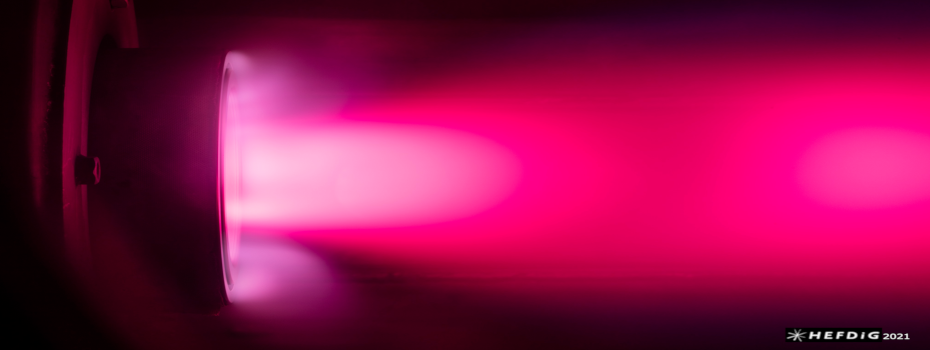Speaker
Description
In February 2021, the Perseverance rover was brought to the surface of Mars by the Mars 2020 mission. A feature of the Mars 2020 capsule was instrumentation to measure its entry, descent and landing (EDL) with the so-called Mars EDL Instrumentation 2 (MEDLI2) [1]. The MEDLI2 introduced, among other things, backshell instrumentation, including a broadband radiometer. The radiometer was mounted on the leeside of the vehicle next to thermocouple plugs and a heat flux gauge. The data returned by the leeside MEDLI2 heat flux gauge is largely analogous to that measured by the COMARS gauge flown on the ExoMars Schiaparelli [2] entry in that it is measuring heat flux in an area that is entirely dominated by radiative heating. The COMARS measurement provided excellent validation of backshell radiative heating models for Mars entry, albeit at a limited number of points [3]. The MEDLI2 heat flux gauge measurement effectively confirmed the quality of the prediction, extended over the full trajectory, as will be presented in this paper. The MEDLI2 radiometer,however, was blocked by ablation products and suffered a loss of half of its signal. The second backshell heat flux gauge installed on the windside of the vehicle was also well predicted, although the heating had both radiative and convective contributions.
It was desired to reproduce the conditions of the Mars 2020 entry via ground testing in the Electric Arc Shock Tube (EAST) at NASA Ames. Tests to verify stagnation line heating were previously reported in EAST, confirming the presence of shock layer radiation as the major discrepancy in heatshield temperature modelling [4]. Therefore, tests for stagnation line heating were not repeated. Instead, the shock tube informed bias method [5, 6] was used to identify test conditions that may produce similarity to streamlines that pass around the backside of the vehicle and are responsible for the radiation observed at the two heat flux gauge locations. This method was used to identify a range of velocities and densities in the shock tube that are relevant for confirming the radiative environment encountered.
This paper reports the results obtained in the 10 cm diameter EAST shock tube, corresponding to later trajectory points at ambient pressures of 1.1-2.0 Torr and velocities from 1.2-3.5 km/s. The test series employed two primary diagnostics: emission spectroscopy and tunable diode laser absorption spectroscopy (TDLAS). The emission spectroscopy performed broadband measurements of the radiative emission of the 4.3 and 2.7 m bands of CO2 at flight similar conditions, obtaining both spectral and spatial data corresponding to the relaxation behind the shock front. The TDLAS measured the absorption of several lines of CO and CO2 and obtains species number densities and temperatures as a function of time behind the shock front. This paper will review highlights of this test series and analyses of the emission and absorption data. While the datasets generally show good agreement with predictions, a few discrepancies and items for additional investigation are identified and will be discussed.
Summary
Report on flight heating data obtained for Mars entry and subsequent similarity condition testing in the EAST facility.

